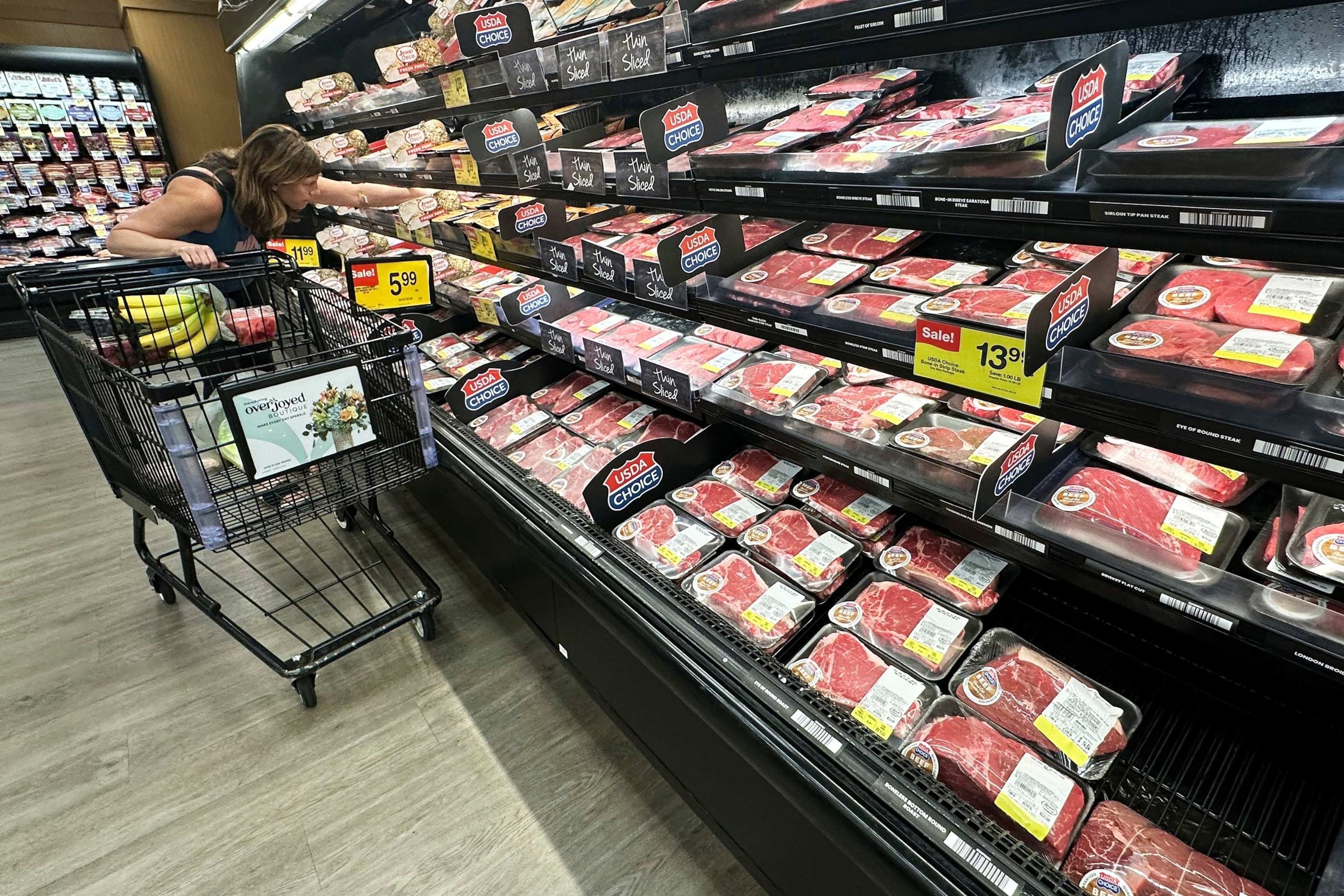The feeling of the consumer increased more in July, marking two consecutive months of improvements for buyers as companies navigated by the latest tariff threats of Donald Trump aimed at dozens of countries. The new reading coincided with the expectations of economists.
The recent resurgence of the feeling of the consumer followed six consecutive months of worsening attitudes, according Michigan University Survey data published Friday. Before the waves of optimism, the feeling of the consumer had fallen to its lowest level from an episode of inflation three years ago.
Despite the new data, the measure of consumer’s feeling remains 16% lower than where he was in December, before Trump assumed the position.
Inflation expectations of the entire year decreased for the second consecutive month, decreasing from 5.0% in June to 4.4% this month, according to the survey data. The anticipated inflation level would still mark a significant increase in current inflation of 2.7%annual 2.7%.
The new report on the feeling of the consumer occurred one day after the publication of retail sales data that showed unexpectedly solid performance in June. The appetite of robust buyers last month suggested that the uncertainty surrounding Trump’s rates had not brought homes to keep additional income.
Consumer spending, which represents approximately two thirds of the economic activity of the United States, is a key Checkther for the perspective of the nation’s economy.
Until now, the key measures of the economy have largely challenged the fears of a recession induced by the rate. The unemployment rate is close to a historically low level and the growth of employment remains robust, although it has slowed from the previous maximums. Inflation has risen in the last two months, but it is still under where it was stopped when Trump assumed the position.

A buyer compares meat prices in a grocery store in Mount Prospect, Illinois, on July 17, 2025.
NAM Y. HUH/AP
Some analysts expect pricing increases to accelerate in the coming months as tariffs fall, although many have recognized that the path to follow is still clear in the midst of Trump’s fluctuating policies.
In general, importers transmit a part of the tax burden related to the rate in the form of higher costs for buyers. A large number of large retailers, including Walmart and Best Buy, have warned about potential price increases as a result of Trump’s taxes.
Trump has reverted many of his most pronounced tariffs in recent months, including a lien in China, the main source of US imports. In recent days, however, Trump announced plans to slapped tariffs up to 50% in dozens of countries, including 25% of tariffs in the main commercial partners of the United States such as Japan and South Korea.
Fresh encumbrances will enter into force on August 1. In addition, a 50% proposed rate on copper imports could intensify the impact of the country’s specific encumbrances.






